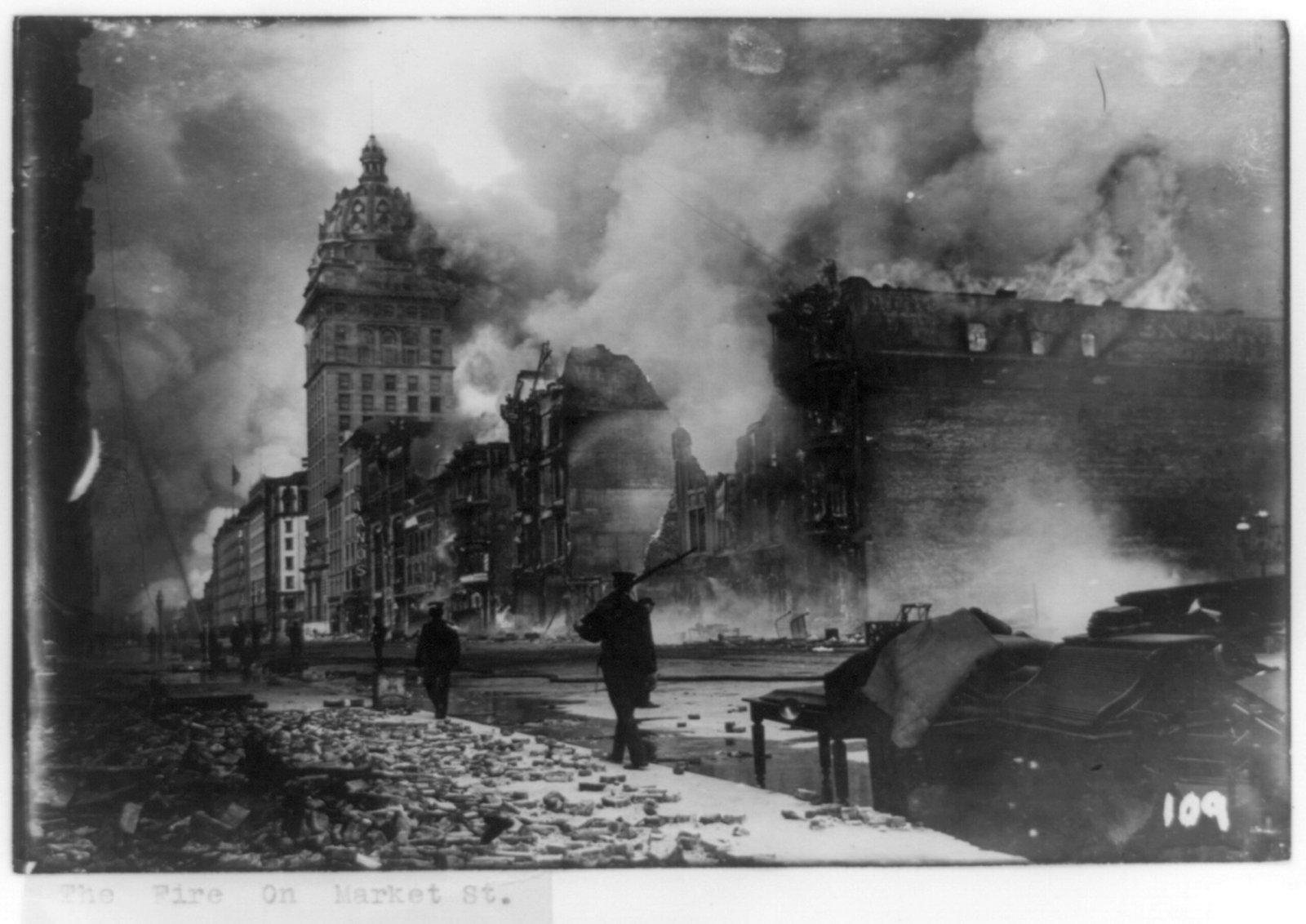Introduction
On April 18, 1906, the Great San Francisco Earthquake struck Northern California, leaving a lasting impact on the region. With an estimated magnitude of 7.8, this catastrophic event caused widespread devastation, resulting in the loss of thousands of lives and the destruction of a significant portion of the city of San Francisco. In this article, we will delve into the historical information, evidence, and the aftermath of the 1906 earthquake, highlighting the importance of this event in shaping urban reform and construction practices in earthquake-prone areas.
The Great San Francisco Earthquake
At 5:12 am on April 18, 1906, the ground began to shake violently in Northern California. The earthquake, with its epicenter near San Francisco, was one of the most powerful and destructive earthquakes in the history of the United States. The initial shock lasted for about a minute, causing widespread panic and chaos.
The impact of the earthquake was exacerbated by the subsequent fires that broke out across the city. The destruction caused by the fires was even more devastating than the earthquake itself. With water mains ruptured and a limited firefighting infrastructure, the fires raged for days, consuming large portions of the city.
The Devastation and Loss of Life
The Great San Francisco Earthquake resulted in the loss of nearly 4,000 lives and left over half of the city’s population homeless. The destruction was immense, with approximately 75% of the city reduced to ruins. Homes, businesses, and iconic structures were reduced to rubble.
Despite the significant loss of life and property, the earthquake also brought about a sense of unity and resilience among the survivors. The city rallied together to rebuild and recover from the disaster, showcasing the strength and determination of the people of San Francisco.
Urban Reform and Construction Practices
The aftermath of the 1906 earthquake led to significant changes in urban planning and construction practices. The destruction caused by the earthquake highlighted the need for stringent building regulations and improved construction methods in earthquake-prone areas.
Following the disaster, San Francisco implemented new building codes that focused on earthquake-resistant design and construction techniques. These regulations aimed to ensure that future structures could withstand seismic activity and minimize the potential for loss of life and property damage.
Furthermore, the earthquake served as a catalyst for advancements in engineering and seismology. Scientists and engineers studied the effects of the earthquake and used the knowledge gained to develop better methods for predicting and mitigating the impact of future earthquakes.
Legacy and Remembrance
The 1906 San Francisco Earthquake remains a significant event in the history of the United States. It serves as a reminder of the destructive power of natural disasters and the importance of preparedness and resilience.
Today, the earthquake is commemorated through various means, including memorial plaques, historical landmarks, and educational initiatives. These efforts aim to ensure that the memory of the earthquake and its impact on the city of San Francisco is preserved for future generations.
Conclusion
The Great San Francisco Earthquake of 1906 was a devastating event that forever changed the landscape of the city. The loss of life and destruction caused by the earthquake and subsequent fires highlighted the need for improved urban planning and construction practices in earthquake-prone areas.
Through the implementation of stricter building codes and advancements in engineering, San Francisco and other cities in earthquake-prone regions have made significant progress in mitigating the impact of seismic events. The legacy of the 1906 earthquake serves as a reminder of the importance of preparedness and resilience in the face of natural disasters.

